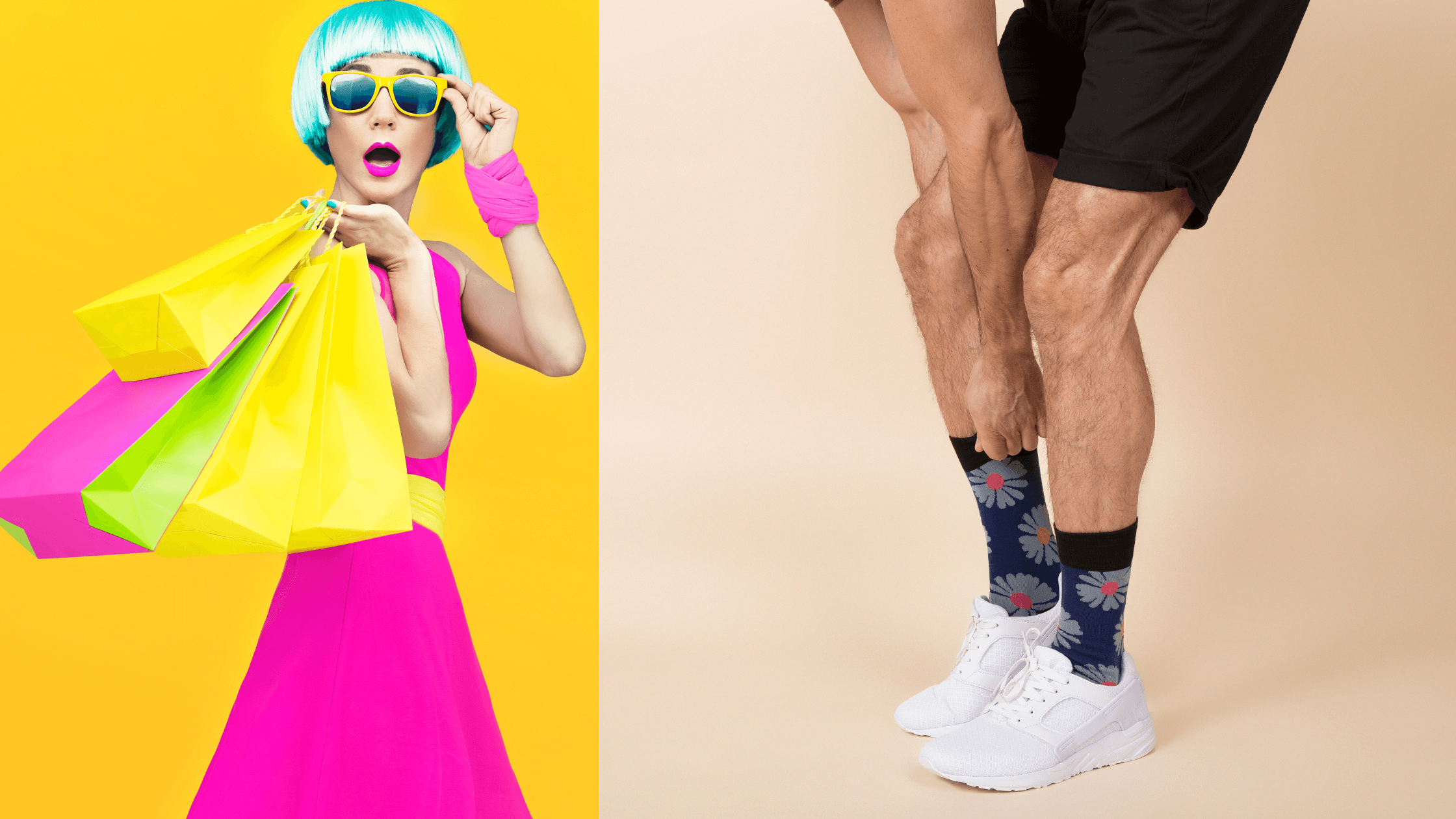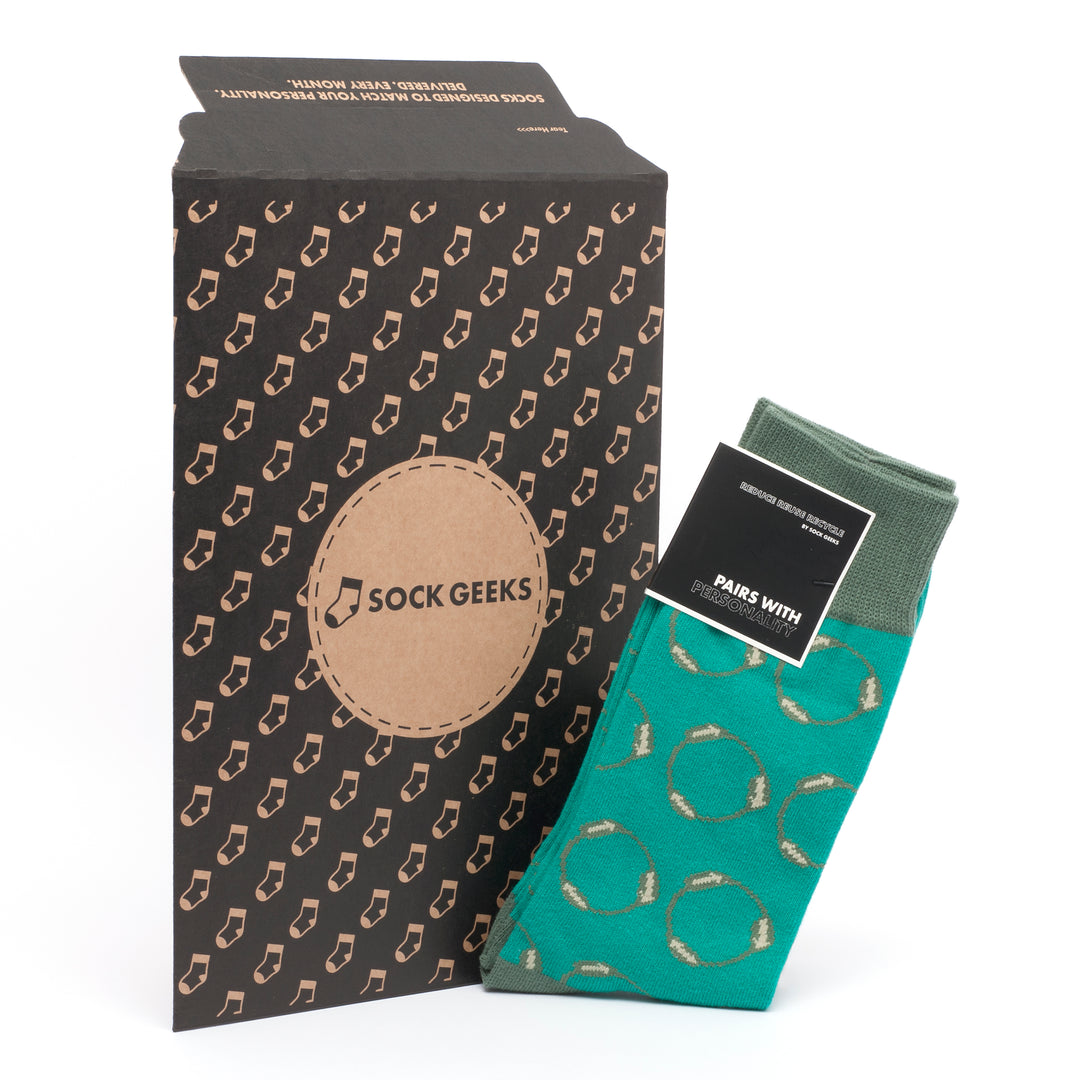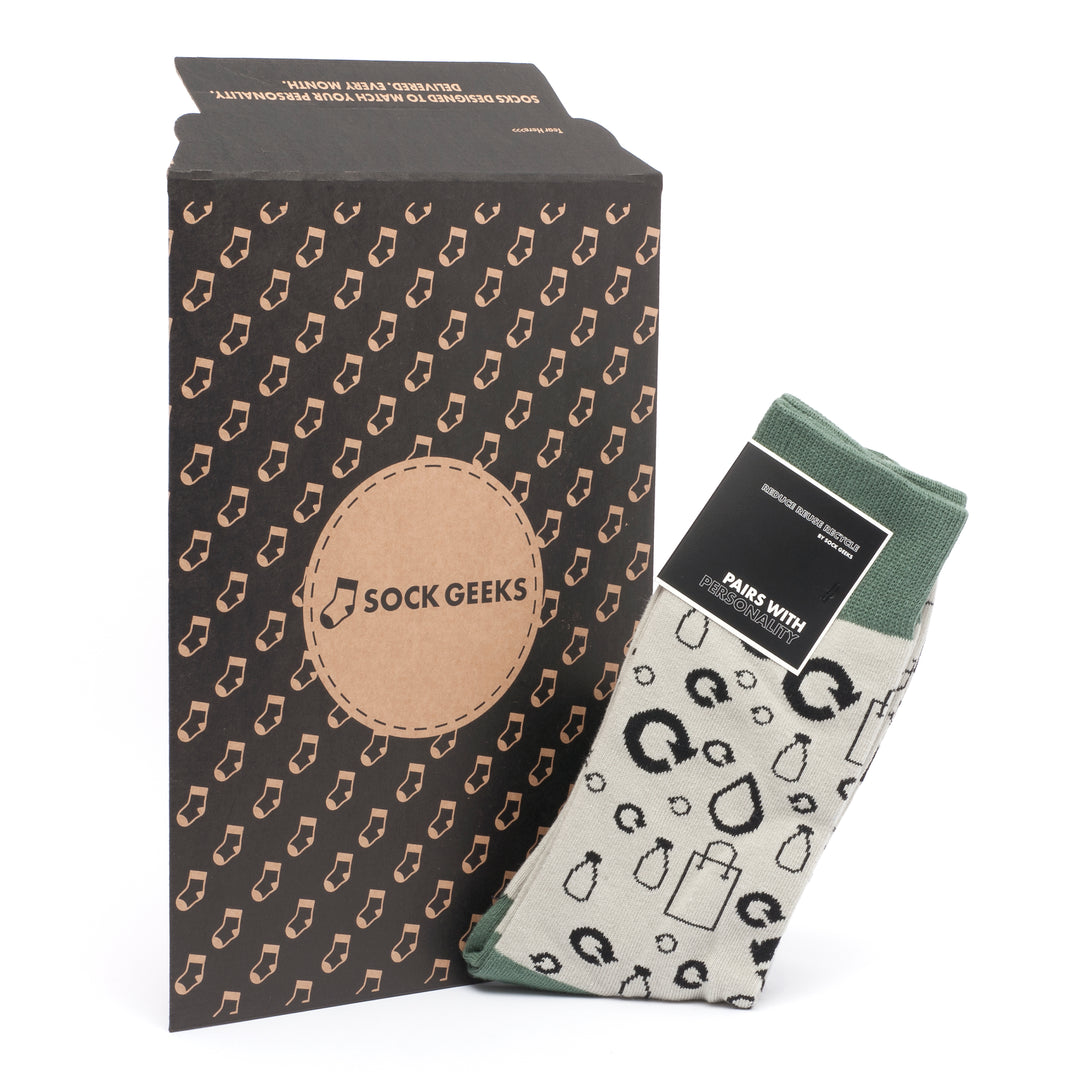Cool Socks that Don't Make My Ankles Swell: A Comprehensive Guide
Did you know that wearing the wrong size socks can lead to swollen ankles due to oedema? Say goodbye to discomfort with cool socks that don't make your ankles swell from oedema. These innovative socks blend style and functionality, providing the perfect solution for all-day comfort. Whether you're at work, hitting the gym, or just lounging at home, these socks have got you covered.
Experience the difference with breathable materials and a snug fit that keeps your feet feeling fresh and comfortable. Don't compromise on style for comfort - now you can have both with these game-changing socks. Elevate your sock game with insoles and say farewell to ankle swelling and oedema once and for all!
Understanding Ankle Swelling
Common Causes
Ankle swelling can result from various factors such as oedema, injury, prolonged standing, or medical conditions like heart failure and kidney disease. Poor circulation and excessive salt intake can also contribute.
Pregnancy often leads to ankle swelling due to increased pressure on the veins in the legs. Certain medications like antidepressants or calcium channel blockers may cause fluid retention, leading to swollen ankles and oedema.
Impact on Daily Activities
Swelling in the ankles can significantly impede daily activities. Simple tasks like walking or standing for extended periods can become challenging and uncomfortable. Wearing shoes may also become difficult due to the increased size of the ankles caused by oedema.
The discomfort and reduced mobility caused by ankle swelling, or oedema, can affect one's overall quality of life. It may lead to feelings of frustration and limitations in participating in activities that were once enjoyable.
Seeking Medical Advice
It is crucial to seek medical advice if swelling in the ankles persists or is accompanied by other concerning symptoms such as oedema. Sudden and severe ankle swelling or oedema, especially if it only occurs on one side, could indicate a blood clot or deep vein thrombosis (DVT).
If the oedema is associated with chest pain, shortness of breath, dizziness, or confusion, immediate medical attention is necessary as it could be a sign of heart failure. Individuals with diabetes who experience ankle swelling or oedema should consult their healthcare provider promptly to prevent complications related to nerve damage.
Importance of Proper Socks
Non-Constricting Design
Wearing proper socks is crucial for managing ankle swelling. Opt for socks with a non-constricting design.
ks that are too tight can restrict blood flow, leading to discomfort and exacerbating ankle swelling and oedema.
Choose socks with loose elastic bands to prevent constriction around the ankles, promoting better circulation.
Breathable Materials
Select socks made from breathable materials like cotton or moisture-wicking fabrics.
Breathable socks help in maintaining proper airflow around the ankles, reducing the risk of moisture buildup.
Moisture-wicking properties in socks keep the feet dry, preventing skin irritation and potential swelling.
Cushioning Support
Look for socks with adequate cushioning support to protect your ankles from impact and pressure.
Cushioned socks provide extra padding, reducing the strain on your ankles during daily activities.
The added support helps in alleviating discomfort and minimising the risk of developing swollen ankles.
Benefits of Non-Swelling Socks
Improved Circulation
Wearing non-swelling socks can significantly enhance circulation in your legs. These socks are designed to provide gentle compression, aiding blood flow and reducing the risk of swelling. By promoting better circulation, they help prevent fluid retention in the ankles, ultimately reducing discomfort and fatigue.
Nonetheless, it's crucial to ensure that the compression level of the socks is suitable for your needs. Choosing socks with mild to moderate compression can effectively support blood circulation without causing any constriction or discomfort. This targeted pressure application helps push blood back up towards the heart, preventing pooling in the lower extremities.
Enhanced Foot Health
One of the key benefits of opting for non-swelling socks is their positive impact on overall foot health. These socks offer adequate arch support and cushioning, which can alleviate strain on the feet and reduce the risk of developing conditions like plantar fasciitis or Achilles tendonitis. They often feature seamless toe closures to prevent friction and blisters, ensuring maximum comfort throughout the day.
Choosing the Right Socks
Types of Socks for Swollen Ankles
When selecting socks for swollen ankles, opt for ones with extra roomy designs to prevent constriction. These socks provide ample space for swollen areas, promoting comfort.
Consider socks with smooth toe seams to avoid irritation on sensitive skin. This feature prevents rubbing against the toes, reducing the risk of blisters or discomfort.
Look for socks made from soft and breathable materials like cotton or bamboo. These fabrics are gentle on the skin and help regulate temperature, keeping your feet comfortable throughout the day.
Factors to Consider
When choosing socks for swollen ankles, focus on finding pairs that offer a secure fit without being too tight. Ensure that the size is appropriate to prevent unnecessary pressure on your ankles.
Check if the socks have adequate trimming, especially around the cuff area. Excessive tightness in this area can impede blood circulation and exacerbate swelling.
Ensure that the products you choose have a good reputation for providing relief to individuals with similar issues. Reading reviews and seeking recommendations can help you make an informed decision.
Comparison of Different Types
Compare various types of compression socks designed specifically for ankle swelling. These socks apply gentle pressure to improve blood flow and reduce swelling effectively.
Explore options like diabetic socks, which are seamless and non-binding, ideal for individuals with sensitive or swollen feet. They offer a comfortable fit without constricting the ankles.
Consider moisture-wicking socks, especially if your swelling is due to fluid retention. These socks help keep your feet dry and minimise discomfort caused by excess moisture.
Features of Ideal Socks
Essential Features
- Seamless design: Prevents rubbing and irritation, crucial for those with swollen ankles.
- Moisture-wicking: Helps keep feet dry and comfortable, reducing the risk of skin issues.
Importance of Seamless Toe Design
ks with seamless toes are essential for individuals with swollen ankles as they prevent friction. Friction can exacerbate swelling and cause discomfort, making seamless designs a vital feature for those seeking relief.
Benefits of Breathable Natural Fibres
- Improved ventilation: Natural fibres like cotton and bamboo allow air to circulate, keeping feet cool.
- Reduced odour: Breathable materials help prevent the build-up of sweat and bacteria, reducing unpleasant smells.
Natural fibres are highly beneficial for socks designed to alleviate swelling in ankles. They offer superior breathability compared to synthetic materials, promoting airflow and maintaining a comfortable environment for the feet. Natural fibres are gentle on the skin, reducing the risk of irritation or allergic reactions that can further aggravate swelling.
Socks for Swollen Ankles
Specialised Design
Ankle socks tailored for swollen ankles are meticulously crafted to provide optimal comfort and support. These socks feature a non-binding top that prevents constriction, ensuring unrestricted blood flow.
Cushioned soles in these compression socks offer extra padding, reducing pressure on sensitive areas. The seamless construction minimises irritation, ideal for individuals with lymphoedema or other conditions causing swollen feet and legs.
Enhanced Comfort
The use of soft, breathable materials like cotton or bamboo fibres enhances breathability, preventing excessive heat retention. Moisture-wicking properties keep the skin dry, reducing the risk of skin irritation and infections.
The gentle compression in these socks aids in reducing swelling by promoting efficient circulation. This feature is crucial for individuals experiencing discomfort due to fluid retention in their lower extremities.
Alleviating Discomfort
By providing graduated compression, these specialised socks help in reducing pain and discomfort associated with swollen ankles. The gentle pressure exerted by the socks assists in pushing excess fluid back towards the heart, alleviating swelling.
Wearing these socks regularly can also prevent the worsening of conditions like lymphoedema or venous insufficiency by maintaining proper blood flow. The targeted compression zones ensure that the right amount of pressure is applied to different areas of the foot and ankle.
Promoting Circulation
The unique design of these socks promotes better circulation by supporting the natural movement of blood through the legs. This helps prevent pooling of blood in the lower extremities, reducing the risk of complications such as blood clots or varicose veins.
Individuals who spend long hours standing or sitting can benefit greatly from wearing these specially designed socks. They aid in preventing fatigue and discomfort by improving blood flow and reducing swelling throughout the day.
Care Tips for Swollen Ankles
Elevating Legs
Elevating your legs above heart level helps reduce swelling by allowing fluid to drain back towards the heart. Use pillows to prop up your legs while sitting or lying down.
Elevating legs is crucial after a long day of standing or sitting, especially if you suffer from swollen ankles. It promotes better blood circulation and decreases fluid retention in the lower extremities.
Compression Techniques
Compression socks or stockings can help alleviate swelling by applying gentle pressure to the legs. Ensure they fit snugly but not too tight to avoid cutting off circulation.
When choosing compression wear, opt for those with graduated compression that is tighter at the ankle and looser at the calf. This design aids in pushing fluid upwards, reducing ankle swelling effectively.
Lifestyle Adjustments for Foot Health
Exercise
Regular exercise is crucial for reducing ankle swelling and improving overall foot health. Activities like walking, swimming, or cycling can enhance circulation in the feet, reducing the risk of swelling. Aim for at least 30 minutes of moderate exercise most days of the week.
Proper Footwear
Choosing the right footwear is essential for individuals with sensitive feet. Opt for shoes with adequate support and cushioning to reduce the impact on your feet. Consider using insoles for additional comfort and shock absorption.
Maintaining a healthy weight plays a significant role in preventing ankle issues. Excess weight puts added pressure on the feet and ankles, leading to swelling and discomfort. A balanced diet combined with regular exercise can help manage weight effectively.
Diabetic Foot Care
For individuals with diabetes, proper foot care is crucial to prevent complications such as poor circulation and nerve damage. Check your feet daily for any signs of redness, blisters, or sores. Consult podiatrists regularly to address any foot concerns promptly.
Compression Socks
Consider wearing compression socks to improve blood flow and reduce swelling in the ankles. These socks apply gentle pressure to the legs, promoting better circulation and alleviating discomfort. They are particularly beneficial for individuals who spend long hours standing or sitting.
Incorporating these lifestyle adjustments can significantly improve foot health and reduce ankle swelling over time. Remember to consult healthcare professionals if you experience persistent symptoms or discomfort in your feet and ankles.
Alternative Solutions for Ankle Health
Foot Massages
Foot massages play a crucial role in reducing ankle swelling by promoting blood circulation and lymphatic drainage. Regular massages can help alleviate tension and inflammation in the ankles, improving overall health.
Massaging the feet involves applying gentle pressure to specific points, such as the arch and heel, which can have a direct impact on ankle swelling. By targeting these areas, blood flow is enhanced, reducing fluid retention that often leads to swollen ankles.
Orthotic Inserts
Orthotic inserts are beneficial for providing additional support to the ankles, especially for individuals prone to swelling. These inserts are designed to improve foot alignment and reduce stress on the ankles during movement.
The use of orthotic inserts can help distribute weight more evenly across the feet, preventing excessive pressure on certain areas that may contribute to ankle swelling. By enhancing stability and cushioning, these inserts promote better ankle health overall.
Summary
You now understand the causes of ankle swelling and why wearing the right socks is crucial. By choosing non-swelling socks with specific features, you can alleviate discomfort and promote better foot health. Remember to follow care tips and make lifestyle adjustments to further improve your ankle condition. Explore alternative solutions for additional support.
Take action today by selecting socks that prioritise comfort and functionality. Your ankles deserve the best care, so invest in socks that cater to their needs. Stay proactive in maintaining your foot health for long-term well-being.
Frequently Asked Questions
What causes ankle swelling and how can socks help alleviate it?
Ankle swelling can be caused by various factors such as poor circulation or injury. Proper socks with gentle compression can help improve blood flow, reducing swelling and discomfort in the ankles.
Why are proper socks important for managing ankle swelling?
Proper socks provide adequate support and compression to improve circulation, reducing the risk of swelling. They also prevent excessive moisture build-up, promoting comfort and overall foot health.
How do non-swelling socks benefit individuals with sensitive ankles?
Non-swelling socks are designed with materials that offer gentle compression and moisture-wicking properties. This helps reduce inflammation, enhance comfort, and minimise the risk of developing swollen ankles.
What features should one look for when choosing socks to prevent ankle swelling?
Look for socks with seamless toe closures, breathable fabrics, arch support, and mild compression around the ankle area. These features promote better circulation, reduce pressure points, and prevent swelling.
Can lifestyle adjustments, insoles, and podiatrists contribute to reducing ankle swelling besides wearing suitable socks?
Yes, maintaining a healthy weight, staying active, elevating legs when possible, avoiding prolonged sitting or standing, and consuming a balanced diet low in sodium can all help reduce ankle swelling alongside wearing appropriate socks.




















Leave a comment